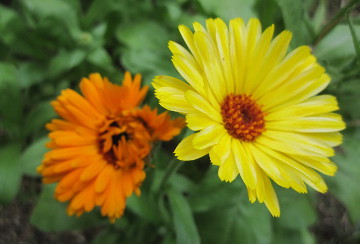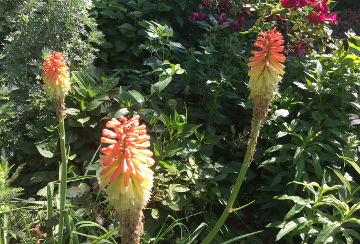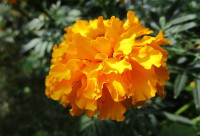
Topical Applications

The use of herbal remedies topically was one of the first successful methods of medicine delivery, and it still works effectively today.
Medicinal herbs are frequently prepared as topical products, which allow the easy absorption of their active compounds through the skin.
Going beyond cosmetics, in which chamomile, mallow, lavender, roses, and rose hips feature prominently, ointments made from plants like arnica, bone heal, mullein, calendula, yarrow, oats, comfrey, and plantain gently heal bruises, reduce swelling, soothe irritation, stop bleeding, dull pain, and promote tissue regeneration.
It's easy to make healing salves and ointments using these amazing herbs, and the beeswax, a key ingredient, adds an extra layer of protection to cuts and injuries by forming a barrier against moisture and bacteria.

Taming Colds and Flus

If there is an affliction that regularly benefits from the healing qualities of herbs, it has to be the common cold. Since nobody found a cure for it yet, we can use all the help we can get, so in come the herbal teas to the rescue.
Chamomile can help with pain, slippery elm and red clover are good for coughs, fir needle or elderberry decoct can relieve chest congestion, linden flower promotes sleep, and catnip stimulates perspiration and helps break a fever.
If you want to stay away from the cold altogether, consider using natural antivirals like garlic, lemon balm, and thyme, along with immunity boosters like echinacea.
Each localized ailment has its own plant remedy for targeted relief: mullein for earaches, plantago for sore throats, eucalyptus for sinus congestion, nettle for muscle aches.
While herbs may not provide miraculous cures, they do alleviate symptoms, and who doesn't find comfort in a hot herbal tea with honey while battling a cold?
